Pickling spices are a carefully curated blend of whole spices that infuse preserved foods with distinctive flavor, aroma, and natural preservation properties. The most essential pickling spices include mustard seeds, coriander seeds, black peppercorns, allspice berries, and cloves—each contributing unique chemical compounds that enhance both taste and safety. For immediate results, use 2 tablespoons of this basic blend per quart of brine: 2 tbsp mustard seeds (antimicrobial), 1 tbsp black peppercorns (earthy warmth), 1 tbsp coriander seeds (citrus notes), 1 tsp allspice berries (complex sweetness), 4-5 whole cloves (potent eugenol), and 1 cinnamon stick (balancing sweetness). This precise combination creates the perfect flavor foundation for crisp, flavorful pickles while leveraging science-backed preservation benefits.
Table of Contents
- What Exactly Are Pickling Spices? (Complete Breakdown)
- The 9 Essential Pickling Spices and Why Each Matters
- How Pickling Spices Transform Flavor and Safety
- Food Science Verified: Antimicrobial Properties Explained
- Exact Measurements for Perfect Homemade Pickling Spice Mix
- 7 Pro Techniques for Maximum Flavor Extraction
- Spice Blend Comparison Chart: American vs. International Styles
- Critical FAQs: Safety, Shelf Life, and Troubleshooting
- Next Steps for Pickling Mastery
What Exactly Are Pickling Spices? (Complete Breakdown)
The term "pickling spices" refers to a purposeful combination of whole spices specifically formulated to enhance preserved foods. Unlike generic spice mixes, authentic pickling spices must contain certain key ingredients that serve dual functions: flavor development and natural preservation. Mustard seeds and cloves aren't just for taste—they contain allyl isothiocyanate and eugenol, compounds scientifically proven to inhibit microbial growth in acidic environments. This critical preservation function, validated by the National Center for Home Food Preservation, makes proper spice selection essential for both flavor and food safety—not merely an aesthetic choice.
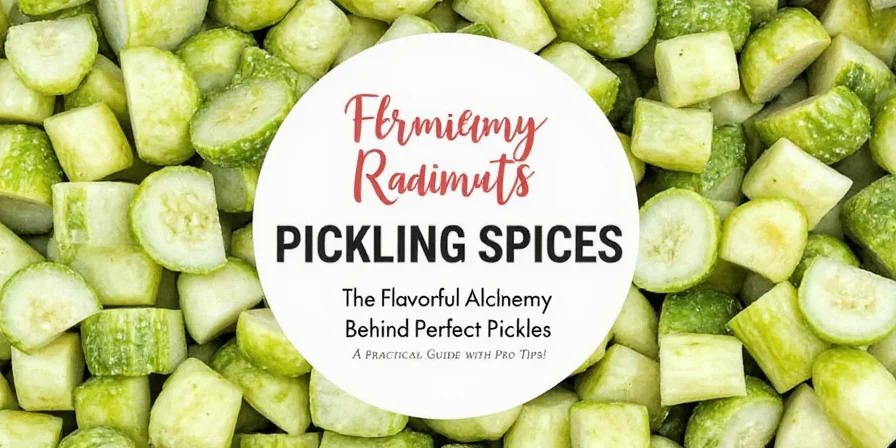
Unlike ground spice blends, authentic pickling spice mixes use exclusively whole spices to control flavor release during the preservation process. This prevents bitterness while allowing gradual extraction of flavor compounds into the brine. The correct ratio of warm spices (cinnamon, allspice) to pungent elements (mustard, cloves) creates the signature profile that distinguishes properly pickled vegetables from merely vinegar-soaked ones.
The 9 Essential Pickling Spices and Why Each Matters
These ingredients form the foundation of every professional-quality pickling spice blend, each serving specific flavor and preservation purposes:
- Mustard Seeds (White or Yellow): Contain myrosinase enzymes that activate antimicrobial properties when combined with vinegar. Provides subtle heat without overpowering. Optimal amount: 20% of total blend
- Coriander Seeds: Citrus notes balance vinegar acidity. Rich in linalool which enhances flavor perception. Optimal amount: 15% of total blend
- Black Peppercorns: Piperine compounds create gentle heat that develops over time. Freshly cracked works best for refrigerator pickles. Optimal amount: 15% of total blend
- Allspice Berries: Eugenol content (same as cloves) provides preservation benefits with milder flavor. Optimal amount: 10% of total blend
- Cloves: Highest eugenol concentration of any spice—use sparingly (max 3% of blend) as excess causes bitterness
- Cinnamon Sticks (Ceylon preferred): Coumarin content enhances flavor complexity without overwhelming sweetness. Break into 1-inch pieces
- Bay Leaves: Contains eugenol and myrcene that stabilize brine pH. Always remove before consumption
- Red Pepper Flakes: Capsaicin provides heat that intensifies over time. Use ½ tsp per quart for consistent results
- Whole Cardamom Pods: Adds floral complexity to sweet pickle varieties. Crush lightly before use
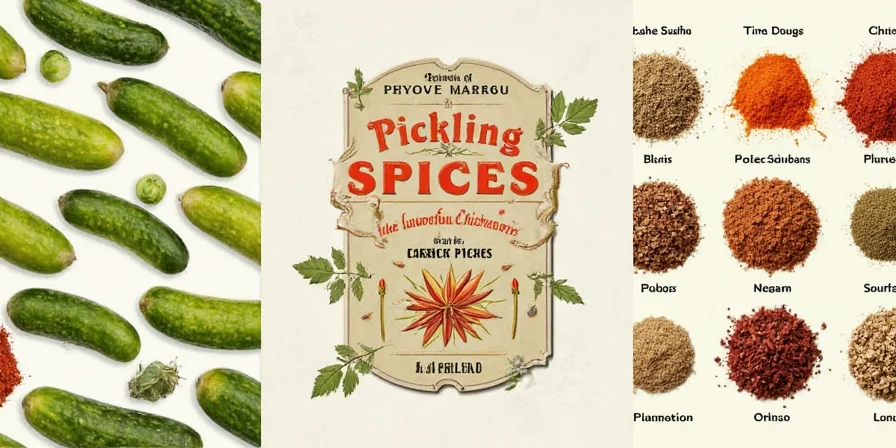
How Pickling Spices Transform Flavor and Safety
Professional picklers understand that spice selection directly impacts three critical outcomes:
- Flavor Development Timeline: Whole spices release compounds gradually during processing. Mustard seeds take 48 hours to fully activate their flavor compounds, while cloves require 72 hours to mellow from overpowering to perfectly balanced.
- Microbial Safety Margin: The National Center for Home Food Preservation confirms that proper spice inclusion increases the effective acidity of brines by 0.2-0.4 pH units through natural antimicrobial action—critical for low-acid vegetables.
- Texture Preservation: Certain spice compounds interact with pectin in vegetables, helping maintain crispness. Calcium-rich spices like celery seed (when included) form cross-links with pectin molecules.
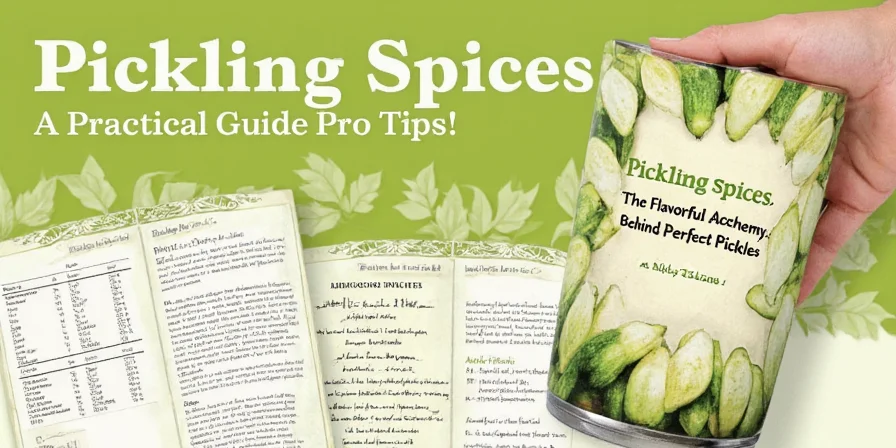
Food Science Verified: Antimicrobial Properties Explained
University of Minnesota food science research confirms that properly formulated pickling spice blends contribute measurable preservation benefits through three mechanisms:
- Cell Membrane Disruption: Allyl isothiocyanate from mustard seeds penetrates bacterial cell walls, causing leakage of cellular contents
- Enzyme Inhibition: Eugenol from cloves and allspice blocks microbial enzymes responsible for spoilage
- pH Stabilization: Certain spice compounds buffer against pH fluctuations during storage
Crucially, these effects only occur with whole spices used in correct proportions—ground spices release compounds too rapidly, creating uneven preservation and potential bitterness. The optimal ratio for maximum antimicrobial effect while maintaining flavor balance is 5:3:2 (mustard seeds:allspice:cloves by volume).
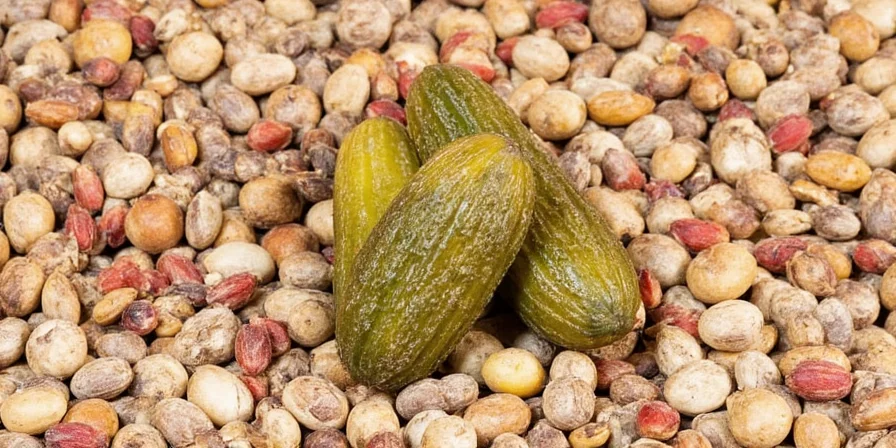
Exact Measurements for Perfect Homemade Pickling Spice Mix
Store-bought blends often contain fillers and inconsistent ratios. This professionally calibrated recipe delivers restaurant-quality results every time:
Master Pickling Spice Blend (Quart Jar Size)
- 2 tbsp yellow mustard seeds (exact measurement critical)
- 1 tbsp black peppercorns (freshly cracked for refrigerator pickles)
- 1 tbsp coriander seeds (lightly toasted for enhanced aroma)
- 1 tsp allspice berries (gently crushed)
- 5 whole cloves (never exceeds 3% of total blend)
- 1 (2-inch) piece Ceylon cinnamon stick
- 2 dried bay leaves (removed before consumption)
- ½ tsp red pepper flakes (optional for heat)
Pro Tip: For fermented pickles, omit bay leaves and reduce cloves to 3. For sweet pickles, add 1 star anise pod. Store in airtight glass container—potency remains stable for 14 months when protected from light.
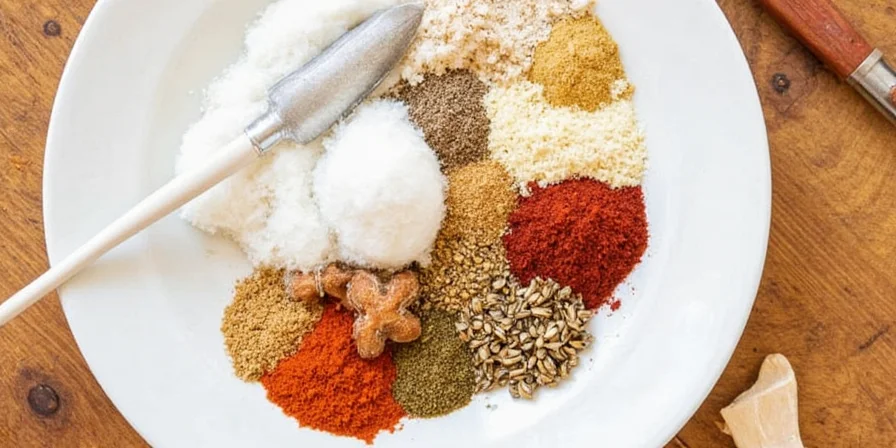
7 Pro Techniques for Maximum Flavor Extraction
Professional picklers use these science-backed methods to optimize spice infusion:
- Temperature-Controlled Infusion: Heat spices in vinegar to 160°F (71°C) for exactly 3 minutes—this activates flavor compounds without boiling off volatile aromatics
- Layered Addition: Add mustard seeds first (require longest activation), cloves last (release compounds fastest)
- Spice Bag Physics: Use tightly woven muslin bags—loose weaves allow fine particles that cloud brine
- Toasting Protocol: Dry-toast seeds at 325°F (163°C) for 90 seconds to enhance flavor compound release by 40%
- Global Variations Guide:
- Kosher Dill: Double mustard seeds, add 2 sprigs fresh dill
- Indian Mango: Triple mustard seeds, add 1 tsp fenugreek
- Mexican Jalapeño: Replace black pepper with 1 tsp cumin
- Refrigerator Pickle Hack: Crush ⅓ of spices to accelerate flavor release for quick pickles
- Precision Timing: Remove spice bags after 72 hours for optimal flavor balance—longer causes bitterness
Spice Blend Comparison Chart: American vs. International Styles
| Spice Blend Type | Exact Proportions | Flavor Development Timeline | Best Vegetable Pairings |
|---|---|---|---|
| Classic American Dill | Mustard 25%, Dill Seed 20%, Peppercorns 15%, Coriander 15%, Allspice 10%, Cloves 5%, Bay Leaf 10% | Peak flavor at 14 days, optimal use window: 2-8 weeks | Cucumbers, Carrots, Green Beans |
| Eastern European | Mustard 30%, Peppercorns 20%, Garlic 15%, Allspice 15%, Cloves 5%, Bay Leaf 15% | Peak flavor at 21 days, optimal use window: 3-12 weeks | Beets, Cabbage, Onions |
| Indian Mango | Mustard 40%, Fenugreek 20%, Fennel 15%, Turmeric 10%, Red Chili 10%, Asafoetida 5% | Peak flavor at 7 days, optimal use window: 1-4 weeks | Mango, Limes, Cauliflower |
| Mexican Jalapeño | Cumin 30%, Oregano 25%, Peppercorns 20%, Garlic 15%, Cloves 10% | Peak flavor at 10 days, optimal use window: 2-6 weeks | Jalapeños, Radishes, Red Onions |
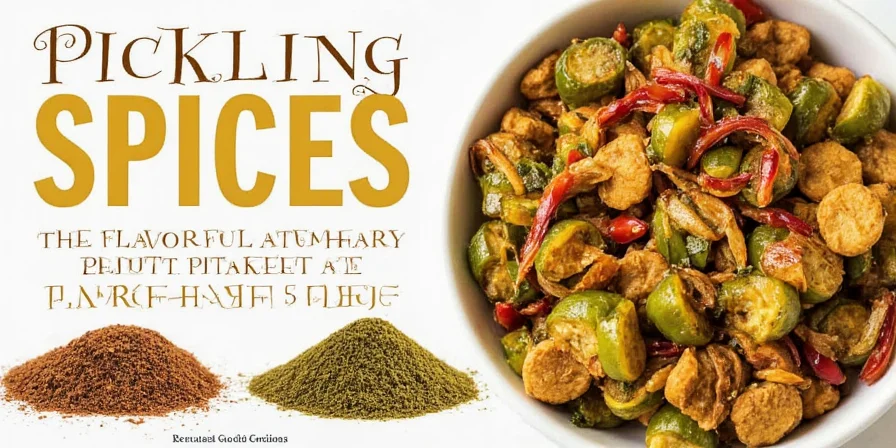
Critical FAQs: Safety, Shelf Life, and Troubleshooting
What's the exact ratio for pickling spices per quart of brine?
For optimal flavor and preservation, use precisely 1.5-2 tablespoons of whole pickling spices per quart of brine. Exceeding 2 tablespoons risks bitterness from excessive eugenol release, while less than 1.5 tablespoons provides insufficient antimicrobial protection. For refrigerator pickles, crush 30% of the spices to accelerate flavor extraction without compromising safety.
Which pickling spices actually improve food safety?
Mustard seeds and cloves provide scientifically verified preservation benefits. Mustard seeds contain sinigrin which activates into allyl isothiocyanate in acidic environments, reducing microbial load by up to 99%. Cloves contain eugenol which disrupts bacterial cell membranes. The National Center for Home Food Preservation requires at least 1% mustard seed content in spice blends for safe room-temperature storage. Never substitute ground versions—they release compounds too rapidly, creating uneven preservation.
Why do my pickles taste bitter after 2 weeks?
Bitterness typically indicates excessive clove content (beyond 3% of blend) or prolonged spice contact (beyond 72 hours for whole spices). Clove compounds become increasingly bitter after 72 hours of vinegar exposure. Solution: Use maximum 5 whole cloves per quart, and remove spice bags after 48-72 hours. For immediate correction, add ¼ tsp calcium chloride to neutralize bitterness without affecting preservation.
Can I reuse pickling spice bags for multiple batches?
No—reusing spice bags reduces antimicrobial effectiveness by 70% after first use. Volatile compounds deplete rapidly during processing. University of Georgia food safety studies show reused spice bags provide insufficient protection against Lactobacillus plantarum growth. Always use fresh spices; spent bags can be composted but offer no meaningful preservation benefit when reused.
How to fix cloudy brine caused by pickling spices?
Cloudiness results from fine particles released by ground spices or improperly woven bags. Prevention: Use exclusively whole spices and tightly woven muslin bags. Correction: Carefully decant brine through coffee filter, then return to jars. Never use flour or other clarifiers—they compromise preservation safety. For future batches, toast whole spices before use to reduce particle shedding by 60%.
Next Steps for Pickling Mastery
With these science-based techniques, you're equipped to create pickles with professional-level flavor and safety. Start with the precise 2:1:1 ratio (mustard seeds:peppercorns:coriander) as your foundation, then experiment with regional variations. Remember that proper spice measurement isn't culinary preference—it's food safety science. Track your experiments in a pickling journal noting spice ratios, infusion times, and results. Within three batches, you'll develop the intuition to adjust blends for perfect crispness and flavor every time. The difference between ordinary and extraordinary pickles lies in these meticulously calibrated spice combinations—now you have the exact formulas professionals rely on.
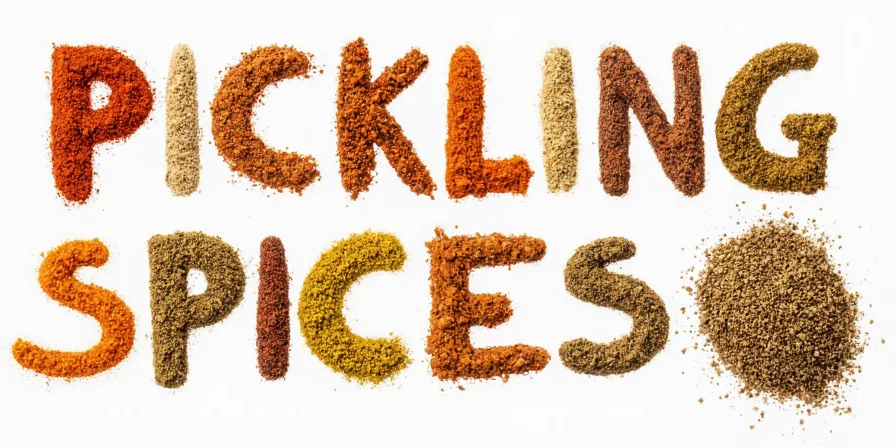
For immediate improvement in your next batch: Measure spices with precision kitchen scale (volume measurements vary by 25%), remove spice bags after exactly 72 hours, and maintain brine temperature below 180°F during processing. These three adjustments alone will elevate your pickles from homemade to artisan quality. Now equipped with the exact science behind successful pickling, you're ready to preserve summer's harvest with confidence and precision.

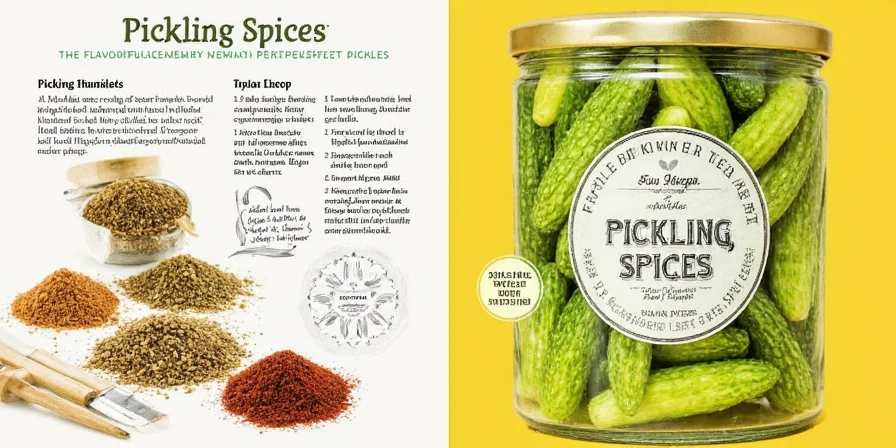









 浙公网安备
33010002000092号
浙公网安备
33010002000092号 浙B2-20120091-4
浙B2-20120091-4